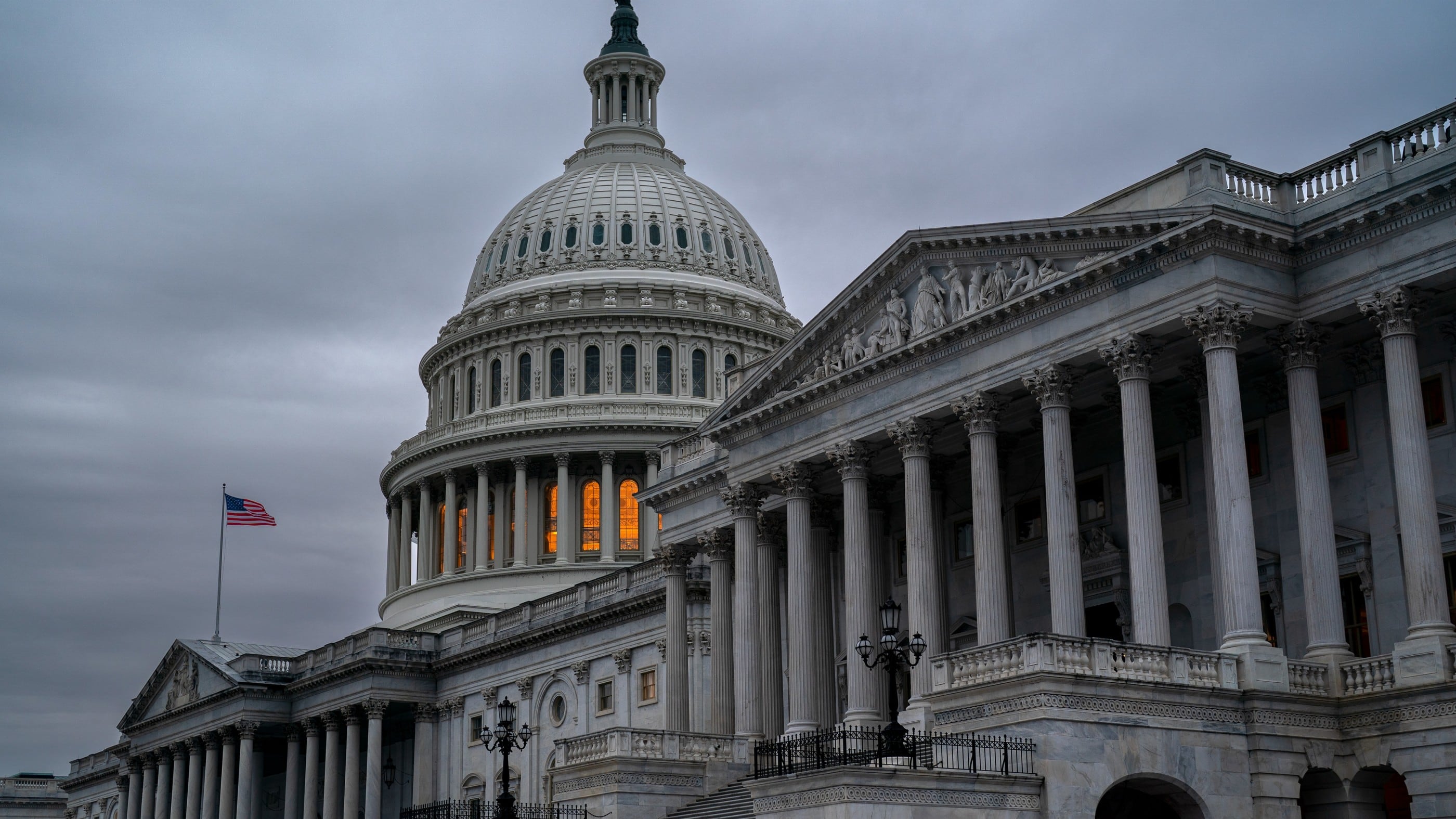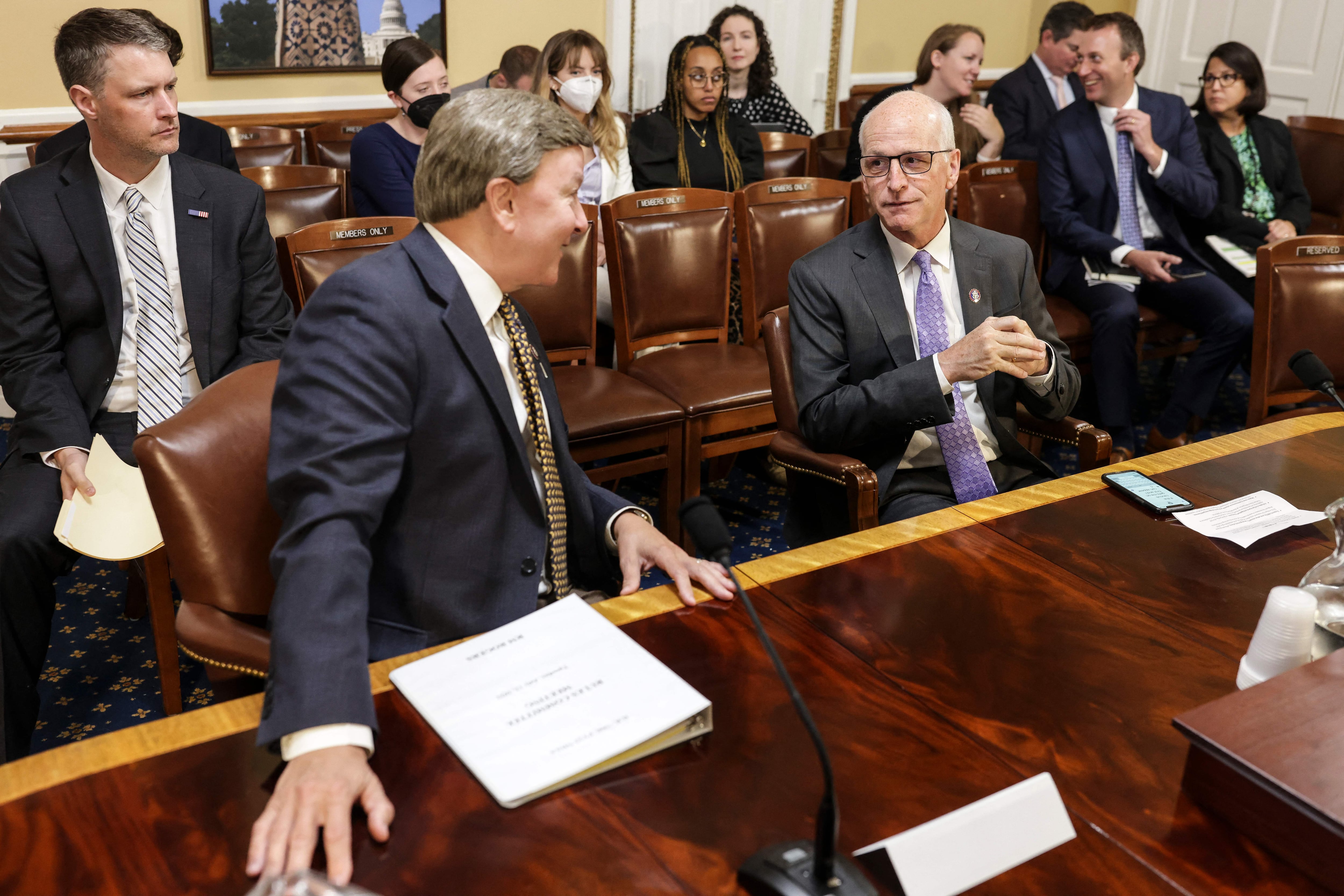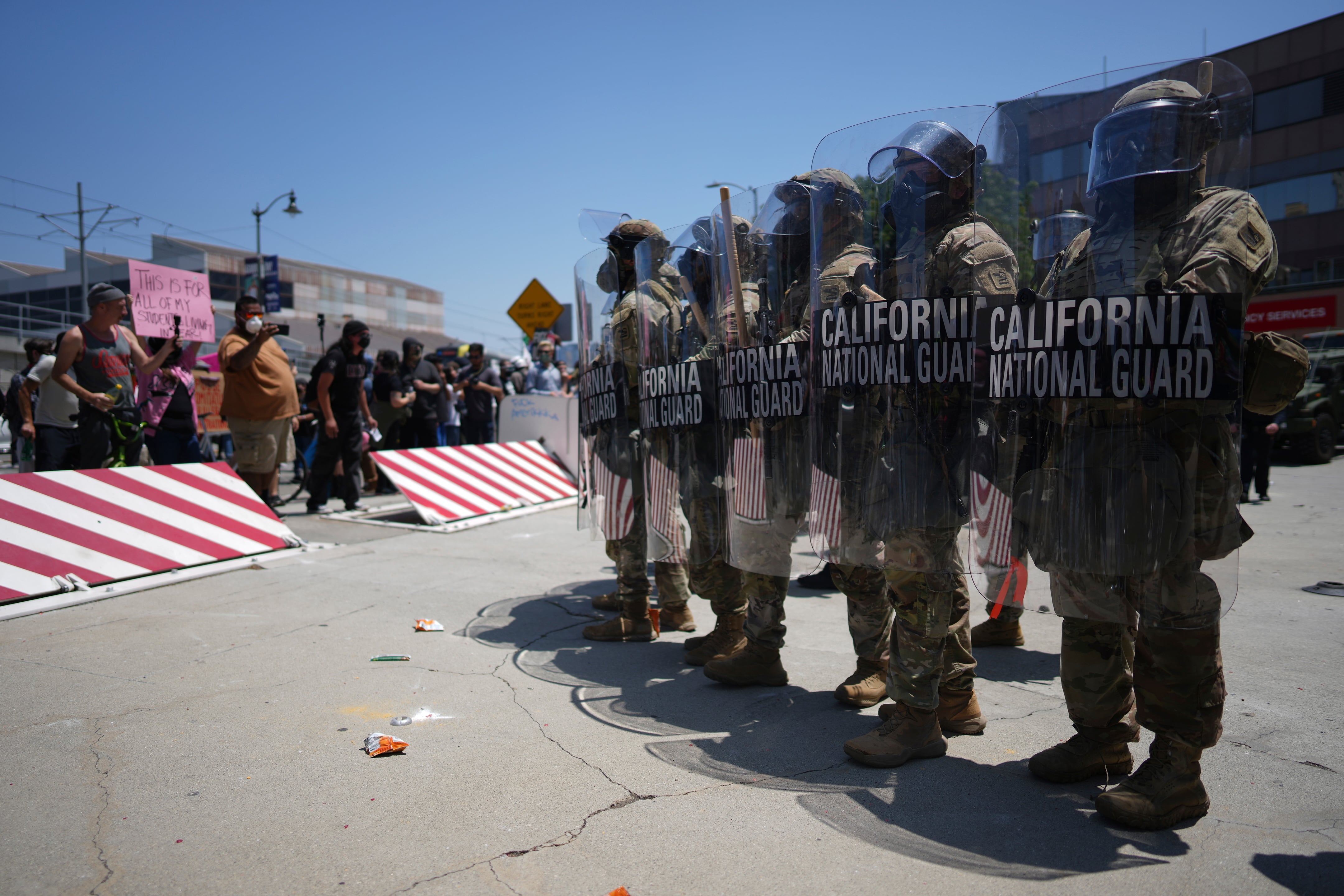![635537212002460263-MicroBraid2Bunruler[ID=20137717] ID=20137717](http://www.gannett-cdn.com/-mm-/2311cd59ea6926a0f532b767b8a0db5f02d69ff1/c=179-0-711-400&r=115x86/local/-/media/2014/12/09/GGM/MilitaryTimes/635537212002460263-MicroBraid2Bunruler.jpg) The Navy uniform board has expanded updated the service's hair rulespolicy for women, adding two-strand twists, relaxing size rules for hair buns and opening the possibility that future female recruits won't have to cut their hair at boot camp.
The Navy uniform board has expanded updated the service's hair rulespolicy for women, adding two-strand twists, relaxing size rules for hair buns and opening the possibility that future female recruits won't have to cut their hair at boot camp.
In addition to adding two-strand braids, a popular choice for blackAfrica-American women, female sailors with longer hair will now have an easier time getting their buns within regulations, according to a NAVADMIN 271 released Monday.
The change comes after Defense Secretary Chuck Hagel ordered a DoD-wide review of service hair regulations in April, after new Army policy banned some popular hairstyles for women, causing backlash beyond the military.
After Hagel's review the Navy decided to authorize two-strand twists — or two-strand braids — as well as multiple hanging braids, which were previously required to be worn in a bun.
"We didn't do a whole 360-degree change on everything," said Fleet Master Chief (SW/AW) April Beldo, the top enlisted sailor at the chief of naval personnel.
The Navy has been looking at updating hair regulations for over a year, Beldo told Navy Times in a Tuesday phone interview. In addition to Hagel's remarks, her office took feedback from the fleet and unveiled new hair regsulation guides online to boost awareness and enforcement in the force.
"What we were asked to do was make some of the information more clear, open the aperture with regards to hairstyles that are still neat and professional looking, and accommodate some of those hairstyles for those that have longer hair," she said.
The new rules
Braids must be uniform in size and shape, no more than 1/4-inch thick, and must not fall below the back of the collar when in uniform, according to the new rules. In junior-enlisted dress uniforms, the hair may fall no more than 1 1/2-inches below from the top of the jumper collar.
"We've always allowed sailors that wore braids, if they did not fall below the lower collar, they could wear them loose, but it wasn't in the regulation," Beldo said.
Buns can now protrude up to three inches from the head and be four inches in diameter, versus the previous 2-inch height and 3-inch diameter rule.
Per new policy, The Navy is also reconsideringtaking a look at mandatory female hair cuts at boot camp, which some sailors argue impede women from learning how to maintain authorized styles. In January 2015, Recruit Training Command and Officer Training Command will launch a pilot program that would stops requiring hair cuts for incoming women.
The idea came from fleet suggestions, according to an All Hands Magazine blog post published on Monday. Sailors argued that the mandatory haircuts meant they never received proper grooming instruction during boot camp.
"Grooming standards education will be incorporated into the curriculum, but will not impact other training," according to the post. "This will allow women to style longer hair in the same manner that they would wear it daily in the fleet while providing the opportunity to demonstrate their understanding of the standards before transferring to the fleet."
Starting next year, women will have the option to get their cut hair boot camp, but it won't be required. Beldo said the suggestion came not only from the fleet but from recruiters.
"I'm not saying that's an accession challenge at all, it's not," she said. "But the 'Do I have to cut my hair?' question comes up."
The pilot program will continue through the end of Marchl, and the Navy will decide based on feedback whether to make it permanent.
The Navy did not, however, change its stance on locks, update its policy on dreadlocks, which caused controversy last August.
Hospital Corpsman 2nd Class (SW) Jessica Sims was involuntarily separated after her Recruit Training Command Great Lakes, Illinois, leadership ordered her to cut her locks or wear a wig.
Sims argued that her natural hairstyle had not been a problem in her previous 12 years in the Navy, adding she felt her case was racially-driven, because hair regulations were so rigid for blackAfrican-American women.
However, After a review, her discharged was put on hold for a review by Navy Secretary Ray Mabus, Sims was honorably discharged for serious misconduct, for failing to obey an order.
"Her hairstyle was not in accordance with regulations in regards to diameter, the size of the bun, and how it protruded from the head," Beldo said, beyond the fact that dreadlocks are not allowed by included in Navy regsulation.
Two-strand braids, however, open up another option for African-American women. Beldo explained that braids are favored over dreadlocks because dreadlocks of coiled hair are permanent, while braids can be undone and fixed.
"If my two-strand twists were out of regs, and I needed to get them in regs, I could do it immediately," Beldo said.
To further clarify what a regulation hairstyle looks like, the Navy has published an online hair viewer, with 360-degree examples of 19 hair styles. In addition to models of short and long cuts, it shows proper cover wear and a proper ponytail for PT.
"The narrative, what's in the regulation, is always going to be the number one source of information, Beldo said. "The viewer is an aide."
However, she added, it can be a tool to help female sailors or their commands should a disagreement over hairstyles arise.is a disagreement over hairstyles.
Meghann Myers is the Pentagon bureau chief at Military Times. She covers operations, policy, personnel, leadership and other issues affecting service members.










